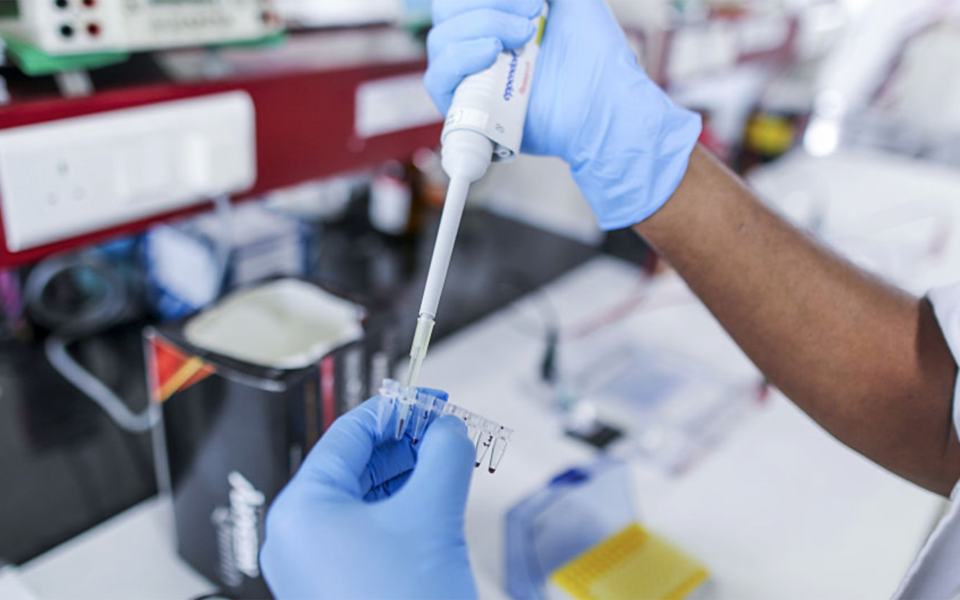Crispr’s Next Frontier Is In-Human Treatment, Co-Inventor Says
As investors await results from the first U.S. clinical trials of the gene-editing system known as Crispr, scientists are focused on finding ways to administer it directly into humans, according to the technology’s co-inventor, Jennifer Doudna.
Right now, in studies using Crispr that have treated patients, researchers have had to extract their cells to be able to make edits to faulty DNA before infusing them back into the body for treatment. Being able to do precise edits directly inside humans, animals or plants could open the door to new applications, Doudna said.
“With advances and delivery techniques, it may be possible to do that kind of very highly efficient targeted genome editing in the patient, without having to remove cells, but actually to just do a treatment in the patient where the delivery vehicle takes the editing molecule to the right cells,” she said in a telephone interview before the Welch Foundation Conference on chemical research next week. “Sounds fantastical today, but I think that’s coming.”


